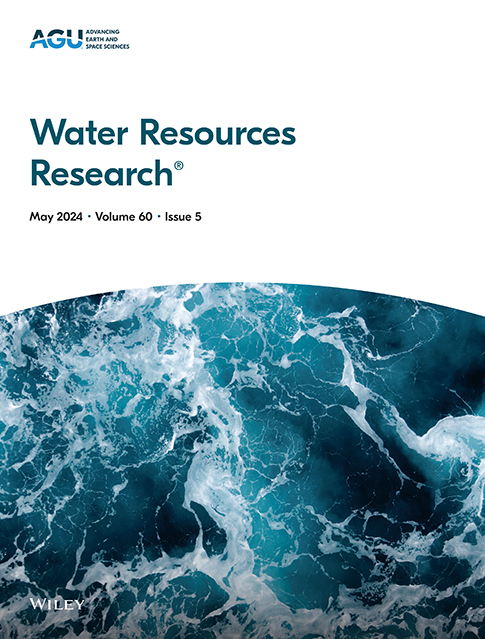Comparison of Methods to Derive the Height-Area Relationship of Shallow Lakes in West Africa Using Remote Sensing
IF 4.6
1区 地球科学
Q2 ENVIRONMENTAL SCIENCES
引用次数: 0
Abstract
In West Africa, lakes and reservoirs play a vital role as they are critical resources for drinking water, livestock, irrigation, and fisheries. Given the scarcity of in-situ data, satellite remote sensing is an important tool for monitoring lake volume changes in this region. Several methods have been developed to do this using water height-area-volume relationships, but few publications have compared their performances over small and medium-sized shallow lakes. In this work we compare four methods based on recent data from high-resolution optical imagery and radar and lidar altimetry over 16 lakes in the Central Sahel, with areas between 0.22 and 21 . All methods show consistent results and are generally in good agreement with in-situ data in terms of accuracy (Root Mean Squared Error below 0.42 m for heights and Normalized Root Mean Squared Error below 13% for volumes). The precision of the estimated water height is about 0.20 m for Pleiades Digital Surface Models (DSMs) and less than 0.13 m for the other methods. Inherent limitations such as DSM quality, temporal coverage of DSM and lidar data, and spatial coverage of radar altimetry data are identified. Overall, fine shape patterns are consistently observed over small height amplitudes, highlighting the ability to monitor shallow lakes with non-linear height-area relationship. Finally, we show that combining lidar and radar altimetry-based methods provides estimates of volume changes over the different water bodies of the study region accurate enough to monitor seasonal, interannual, and long-term variability.求助全文
约1分钟内获得全文
求助全文
来源期刊

Water Resources Research
环境科学-湖沼学
CiteScore
8.80
自引率
13.00%
发文量
599
审稿时长
3.5 months
期刊介绍:
Water Resources Research (WRR) is an interdisciplinary journal that focuses on hydrology and water resources. It publishes original research in the natural and social sciences of water. It emphasizes the role of water in the Earth system, including physical, chemical, biological, and ecological processes in water resources research and management, including social, policy, and public health implications. It encompasses observational, experimental, theoretical, analytical, numerical, and data-driven approaches that advance the science of water and its management. Submissions are evaluated for their novelty, accuracy, significance, and broader implications of the findings.
 求助内容:
求助内容: 应助结果提醒方式:
应助结果提醒方式:


